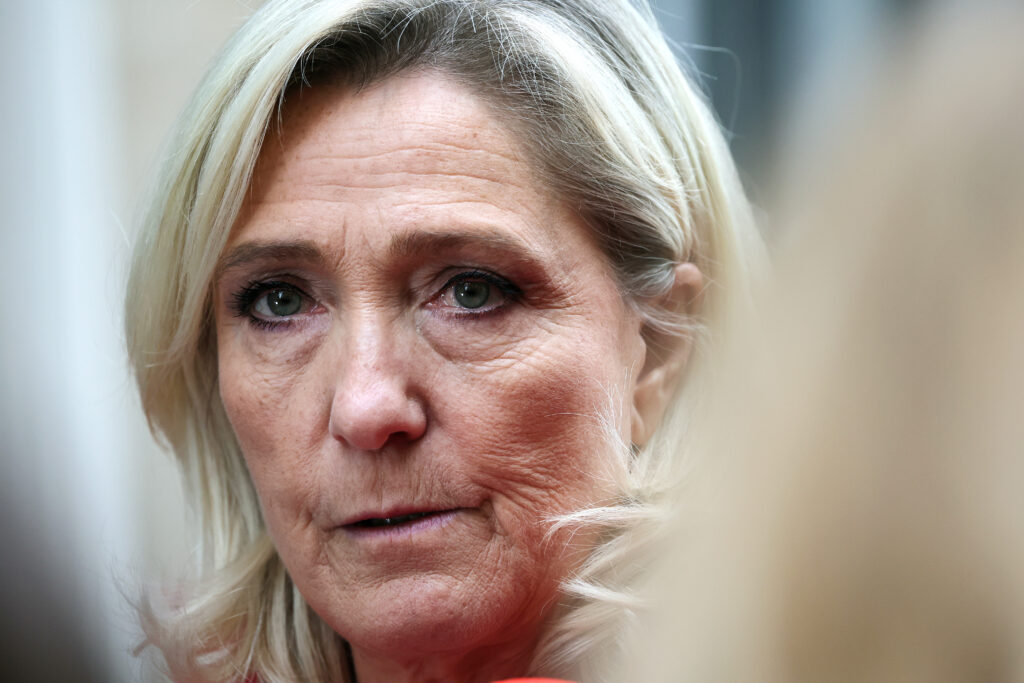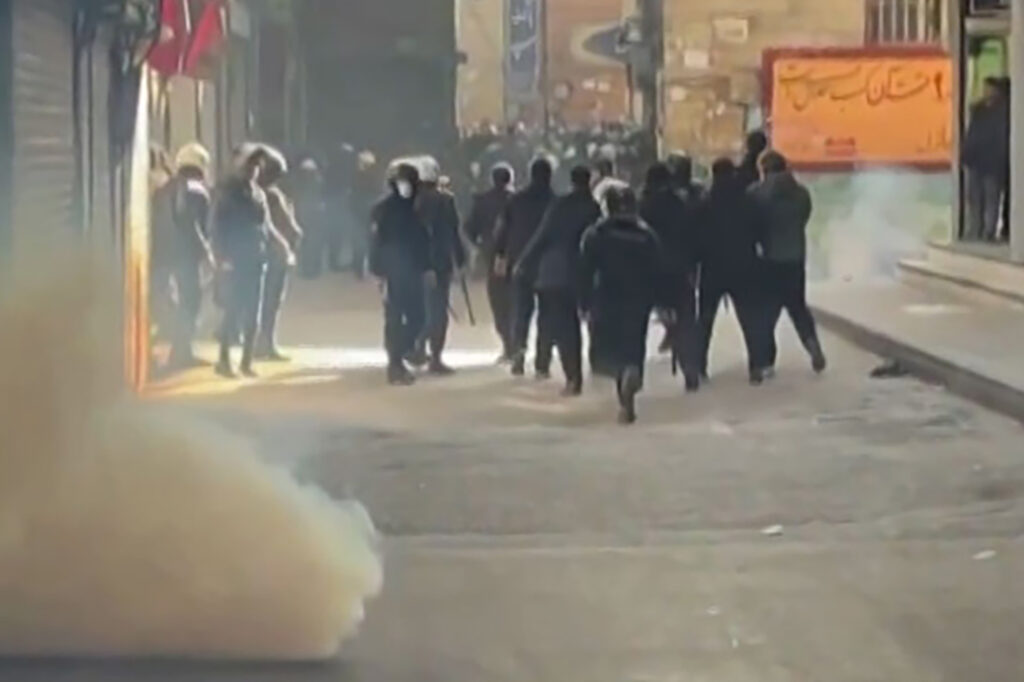Une icône de la CAN. Immobile durant tous les matches de la RDC, le supporter congolais Michel Kuka Mboladinga a marqué la 35e édition de la Coupe d’Afrique au Maroc en se muant en statue vivante à l’effigie de Patrice Lumumba, héros de l’indépendance du Congo.Debout sur un pupitre dans les gradins, fixant le ciel, le bras droit levé, une paume ouverte, l’autre le long du corps, il s’est distingué d’abord par sa posture solennelle, puis par ses costumes aux couleurs éclatantes: veste jaune ou bleue, cravate assortie et pantalon rouge.Et il a fait un carton dans les médias, jusqu’à ce mardi à Rabat, où le parcours de la RD Congo a cruellement pris fin, en 8e de finale.Pour ce match phare contre l’Algérie, l'”animateur” vedette est arrivé au stade Moulay El Hassan accompagné d’une délégation de plusieurs centaines de supporters congolais acheminés par le gouvernement de la République démocratique du Congo, éliminée en prolongation, au bout du suspense (1-0).Comme lors des rencontres précédentes, sa silhouette s’inspirait de celle d’une statue monochrome de Patrice Lumumba, Premier ministre du Congo durant quelques mois en 1960, installée sur son mausolée de béton et de verre à Kinshasa, la capitale de la RDC.- Racisme -Selon des historiens, c’est un discours virulent contre le racisme des colons belges qui a fait entrer Patrice Lumumba dans la légende, le 30 juin 1960, jour de la proclamation de l’indépendance de l’ex-Congo belge. Un discours qui a aussi scellé le sort de ce nationaliste considéré comme un communiste par ses détracteurs.Après seulement 75 jours au pouvoir, il fut renversé et assassiné le 17 janvier 1961 à Shilatembo, dans le Haut-Katanga (sud-est), par des séparatistes katangais et des mercenaires belges.Son corps, dissous dans l’acide, n’a jamais été retrouvé. Il a fallu des décennies pour découvrir que des restes humains avaient été conservés en Belgique, dont une dent. Cette affaire demeure l’une des pages les plus sombres des relations entre la Belgique et son ancienne colonie.Pour ses pairs, l’incarnation de Patrice Lumumba par Michel Kuka Mboladinga est une “fierté”, comme l’affirme Houssen Ilunga, un supporteur congolais de 24 ans rencontré lundi à Casablanca lors d’une répétition destinée à préparer un “spectacle” dans les gradins.Ils sont alors une dizaine réunis sur le parvis d’un hôtel, chantant et dansant au rythme de maracas, mbonda et ngongi. Vêtus de maillots des Léopards -le surnom de la sélection- ou de jupes en raphia, ils scandent le nom de “Lumumba”, bras levé, à l’image de la statue.Michel Kuka Mboladinga est “notre frère”, souligne Laetitia Malula, supportrice congolaise de 30 ans, les cheveux ornés d’extensions bleues, jaunes et rouges. Il a “choisi d’imiter Lumumba (…) notre héros. C’est pour cela que nous chantons” son nom, dit-elle.Lors de cette répétition, l’absence de Michel Kuka Mboladinga n’est pas passée inaperçue: mise au vert d’avant-match ou consigne de discrétion médiatique afin de ne pas détourner l’attention de la sélection?- “Ambassadeur” -Le lendemain, la nouvelle icône congolaise est bien présente dans les tribunes de Rabat. Après un long combat, la RDC doit toutefois rendre les armes face à l’Algérie, sur un but à la 119e minute… Michel Kuka Mboladinga est rapidement escorté hors de l’enceinte.Pour Sofiane Mejot, manager franco-algérien de 40 ans, ce dernier aura été un “ambassadeur” de l’équipe nationale et aura permis de “mettre la lumière sur les supporters et sur le Congo”.Joujou Soki, chanteur et membre de la délégation congolaise, affiche aussi un état d’esprit doux-amer. “C’est la première fois que je vois (…) une telle force au niveau de l’équipe, de tels encouragements”, souligne le quadragénaire. Un effet Michel Kuka Mboladinga? Parmi les responsables de l’animation des supporters congolais, Jered Bitobo, 35 ans, dit “très bien” connaître celui qui aurait commencé à incarner la statue de Lumumba il y a plusieurs années pour l’AS Vita Club, un club congolais.”C’est un message fort, au niveau international comme local. La main ouverte est un signe de paix et nous avons besoin de paix dans notre pays”, souligne-t-il.Il indique en revanche ne pas connaître l’origine exacte de l’inspiration de Michel Kuka Mboladinga, mais souligne une ressemblance physique avec Patrice Lumumba et évoque même d’éventuels liens familiaux entre l’ancien Premier ministre et le supporter, qu’il dit originaires de la même tribu.”Une fois, je lui avais posé la question: +Mais pourquoi est-ce que tu ne regardes pas aussi les matches?+ Il m’a dit: +Je prie (…) le Seigneur, qu’il puisse accompagner notre équipe, qu’on puisse gagner+”.








